Helping kids and teens build strong hearts, lungs, and stamina doesn’t have to be complicated. One of the best ways to support their long-term health and athletic performance is by improving their VO₂ max—a measure of how efficiently their body uses oxygen during exercise. The good news? It’s never too early to start, and even beginners can make fast progress with simple, consistent habits.
This beginner-friendly guide walks you through everything you need to know about VO₂ max for young people, including fun activities, how to start quickly, stay consistent, and track progress weekly—without overwhelming schedules or expensive equipment.
VO₂ max stands for volume of oxygen maximum. It measures the maximum amount of oxygen a person can use during intense physical activity. A higher VO₂ max means better cardiovascular fitness, improved endurance, and stronger overall health.
For children and teens, building a solid aerobic base early helps support healthy growth, boosts energy levels, improves concentration in school, and reduces the risk of chronic diseases later in life. Plus, it lays the foundation for lifelong fitness habits.

You don’t need fancy gear or a gym membership to get started. The key is to begin with enjoyable, age-appropriate activities that elevate the heart rate. Here are easy ways to kick things off:
Aim for at least 3–5 sessions per week, each lasting 20–30 minutes. The goal is to reach a level where talking becomes slightly difficult—this indicates moderate to vigorous intensity.
Consistency beats intensity when building long-term fitness. Kids are more likely to stick with exercise when it’s fun, social, and part of a routine. Try these tips:
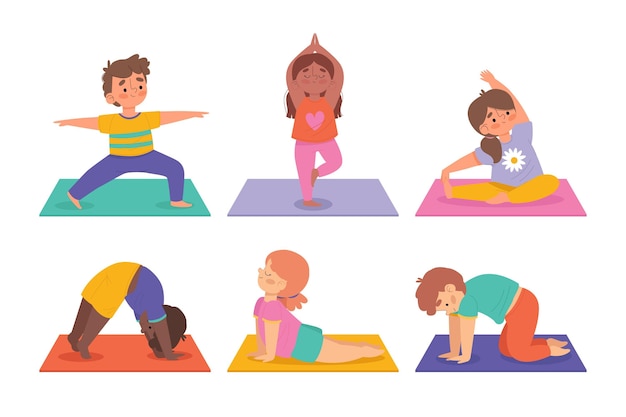
Tracking progress helps kids stay motivated and see how their hard work pays off. You don’t need lab tests—simple field tests work well at home:
Record results in a journal or digital tracker. Celebrate small wins—like shaving 10 seconds off a run time or completing an extra lap.
While improving VO₂ max is beneficial, safety is essential. Keep these tips in mind:
Improving VO₂ max in kids and teens doesn’t require extreme workouts or pressure. With fun activities, regular effort, and weekly tracking, young people can build strong cardiovascular systems that support both physical and mental well-being.
Start small. Stay consistent. Celebrate progress. Over time, these habits will lead to lasting fitness gains and a healthier, more active lifestyle.
Every step counts—help your child take the first one today.

Fitness

Fitness

Fitness

Fitness

Health
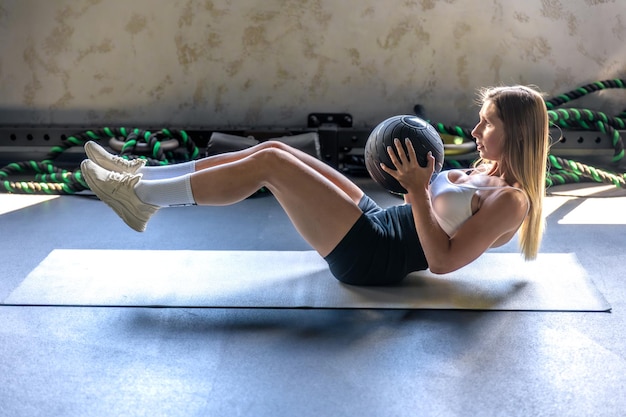
Fitness
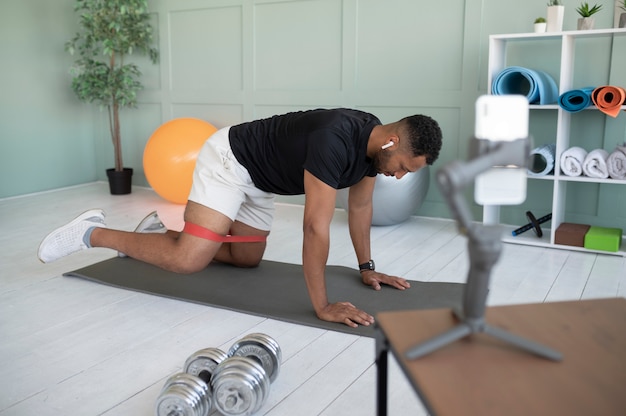
Fitness
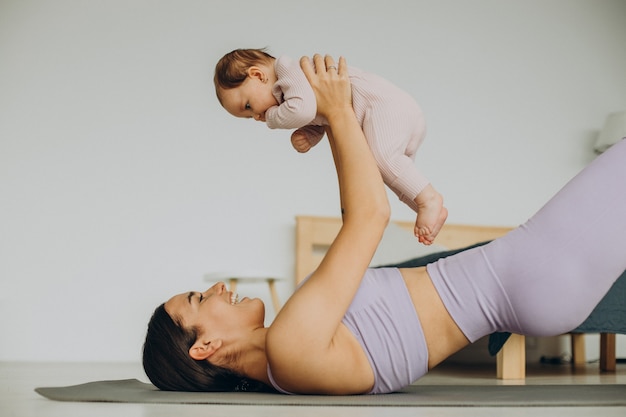
Fitness
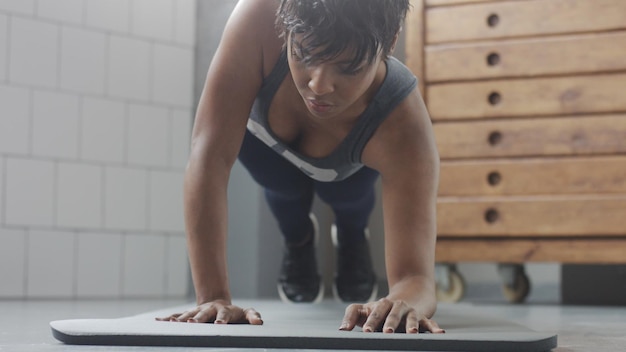
Fitness

Fitness
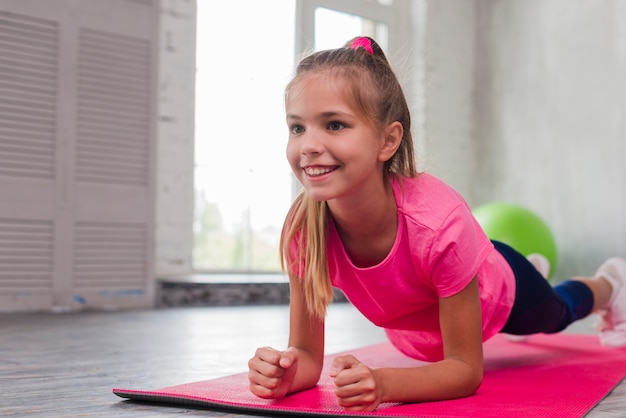
Fitness
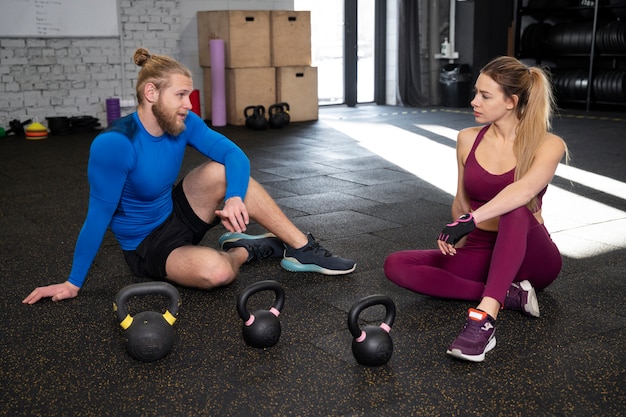
Fitness

Health

Fitness

Health

Health